

Damion Smy
Boxy new KGM Musso unveiled to take on HiLux and Ranger ahead of Australian launch
7 Hours Ago
The 12-cylinder engine has long been regarded as the pinnacle of performance and refinement, but it's facing extinction.

Contributor
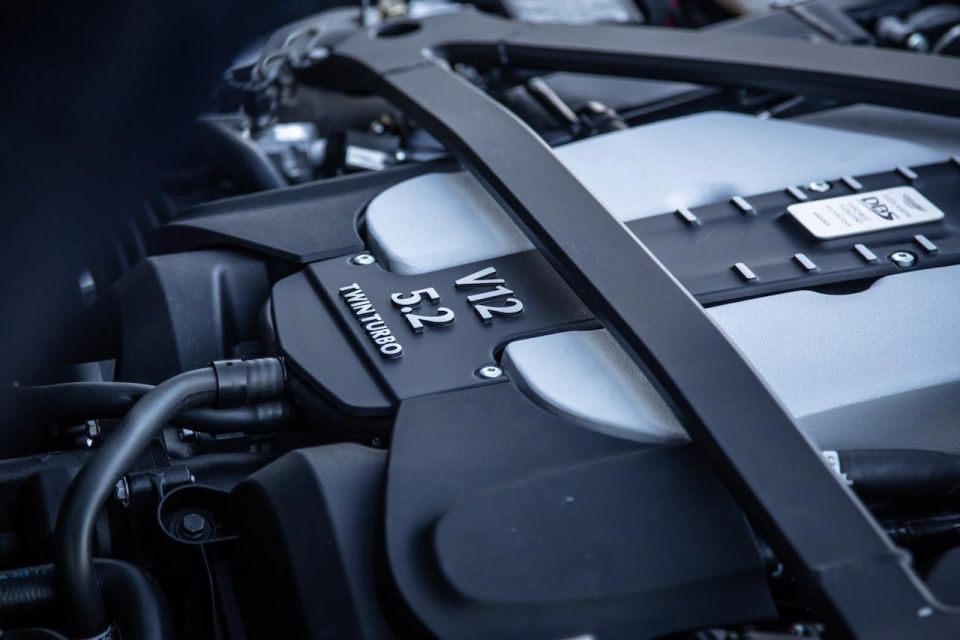

Contributor
The recent news that BMW is ending V12 production brings to light a long-suspected but unfortunate truth. In an age of increasingly stringent emissions regulations, the days of a premium manufacturer’s lineup being capped by a large, 12-cylinder engine are numbered.
No longer is it a guarantee that stepping into the flagship model of a prestige marque will bring with it the hallowed 12 cylinders, with carmakers instead attempting to replicate this engine’s performance through fully electric powertrains, or through a plug-in hybrid (PHEV) setup that augments a smaller four or eight cylinder engine with electric motors.
Note that while this story focuses on options available from widely-known, established brands, there are also niche manufacturers that continue to launch new products with V12 engines, such as the bespoke 3.9-litre Cosworth V12 featured in Gordon Murray Automotive’s T.50 and upcoming T.33 supercars.
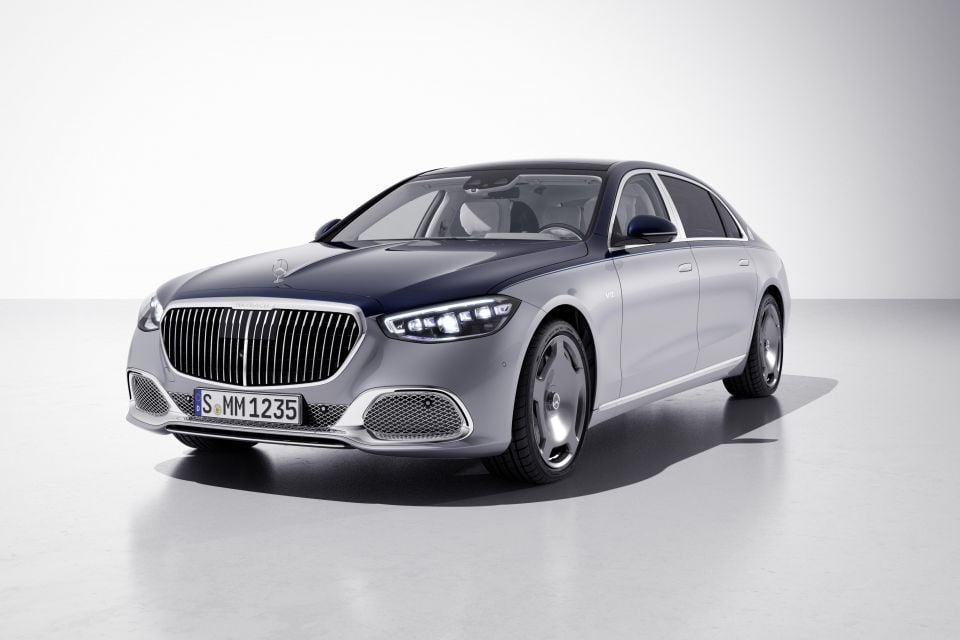
12 cylinder engines comprise two banks of six cylinders and, by effectively combining two six-cylinder engines, offer a fundamentally smooth and balanced powertrain.
This makes them ideal for the NVH (noise, vibration and harshness) levels and refinement expected of top luxury cars, and correspondingly, Bentley, Rolls-Royce and Mercedes-Benz all currently make use of a 12 cylinder engine for certain products.
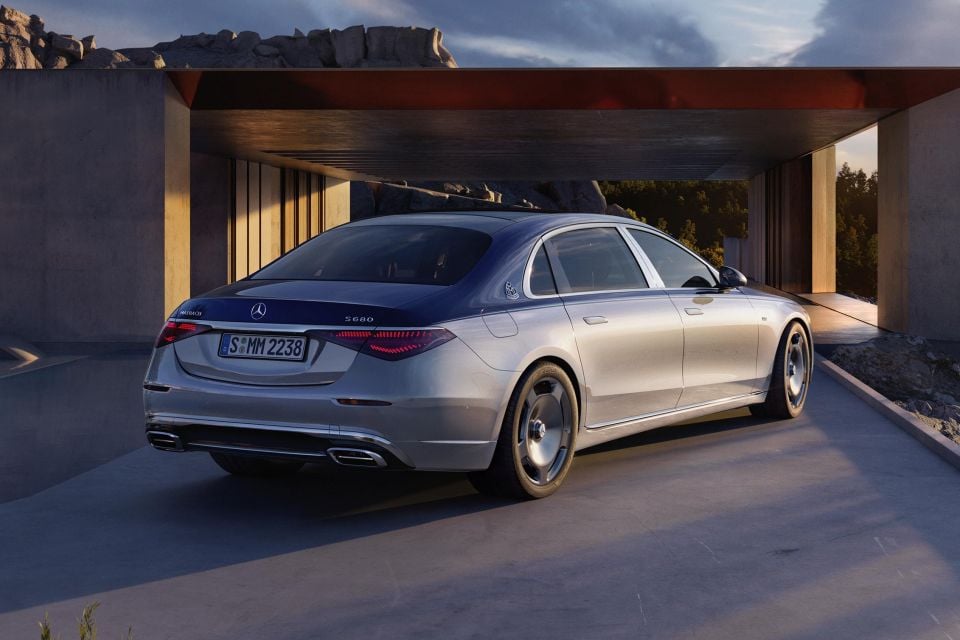
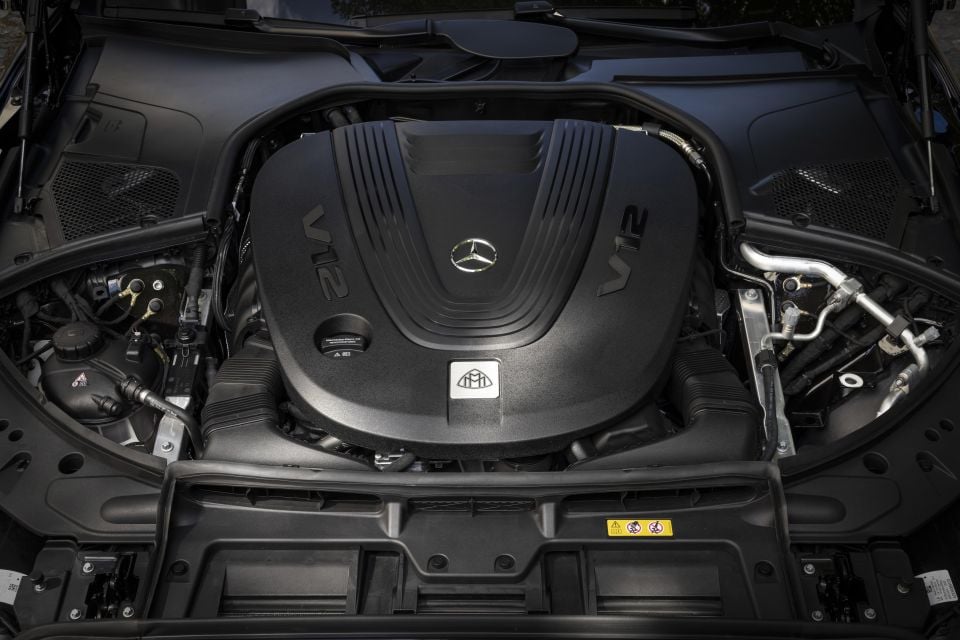
Mercedes currently uses a twin-turbo V12 powerplant exclusively in the recently revealed Mercedes-Maybach S680.
The S680’s 6.0-litre engine produces a substantial 463kW of power and 900Nm of torque, with a surprisingly efficient claimed fuel consumption of 13.6L/100 km on the combined cycle.
With no other Mercedes models making use of this engine, and the AMG lineup increasingly transitioning to Mercedes V8 engines (often incorporated into plug-in hybrid powertrains), it’s possible that this generation of S-Class may be the last to feature an engine with 12 cylinders.
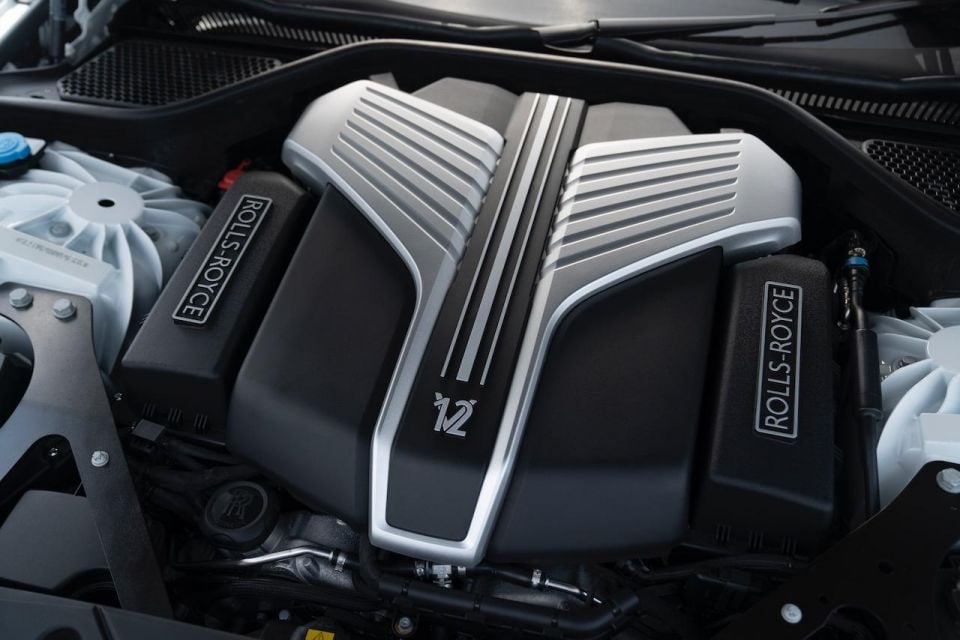

Although the BMW brand itself is phasing out the V12 engine with the end of production of the current G11 7-Series, elsewhere within the BMW Group ultra-luxury Rolls-Royce continues to use a related version of this engine as the sole option across its current lineup.
The Rolls-Royce version of the BMW N74 powerplant is twin-turbocharged and bored out to a displacement of 6.75-litres (referred to in Rolls-Royce terminology as 6 ¾ litres) and, in the latest Ghost, features up to 441kW of power and a maximum of 900Nm of torque from just 1700rpm.
Rolls-Royce has stated its intention to produce only electric cars by 2030, and therefore this powerplant is expected to cease production before this date.
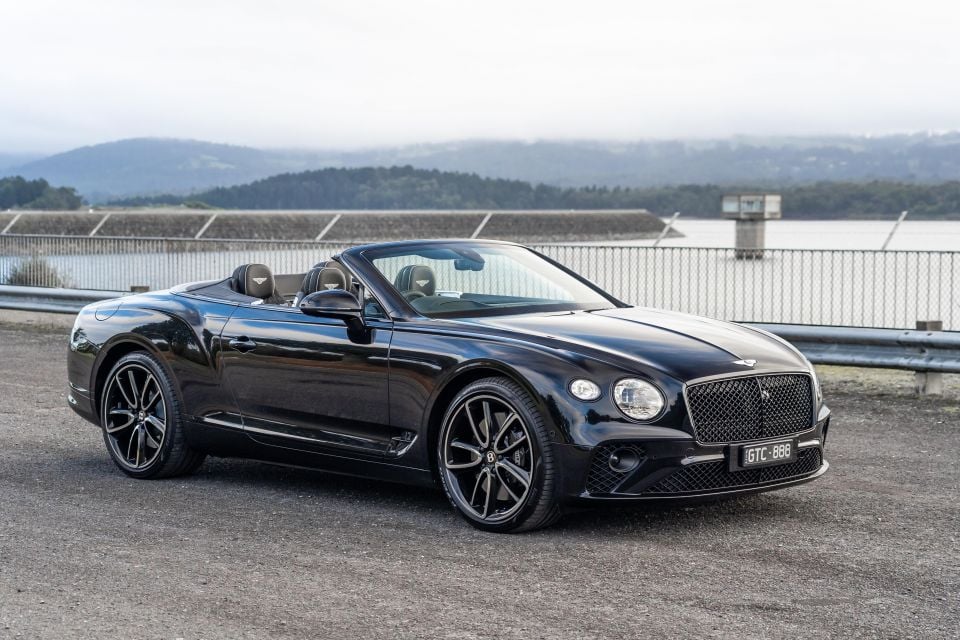
Bentley is unique in the automotive industry for using a W12, rather than a V12, configuration. The W12 configuration is effectively two of Volkswagen’s famous VR6 engines joined together.
A traditional V12 engine features two banks of six cylinders, with the cylinders in each bank aligned. In contrast, a W12 design splits each bank into an offset design. The end result is that the engine is slightly wider, but significantly shorter than a traditional V12.
In turn, this provides packaging benefits, allowing Bentley to position the engine further back in the car for a more balanced weight distribution, and thereby improve handling and dynamic performance. Bentley also claims this layout further maximises cabin space.

Bentley’s 6.0-litre turbocharged W12 TSI engine is one of the engine options available in the Continental GT, Flying Spur and Bentayga, and the British marque claims that it’s 24 per cent shorter than an equivalent V12.
In the standard Continental GT, it produces a substantial 467kW of power and 900Nm of torque, with a combined fuel consumption of 12.2L/100km.
Bentley has previously committed to a fully electrified lineup from 2026, before selling only full EVs from 2030, the latter an identical goal to Rolls-Royce. It’s therefore expected that models featuring a W12 engine will cease production prior to 2026, unless the British firm is able to incorporate the W12 TSI engine into a PHEV powertrain.
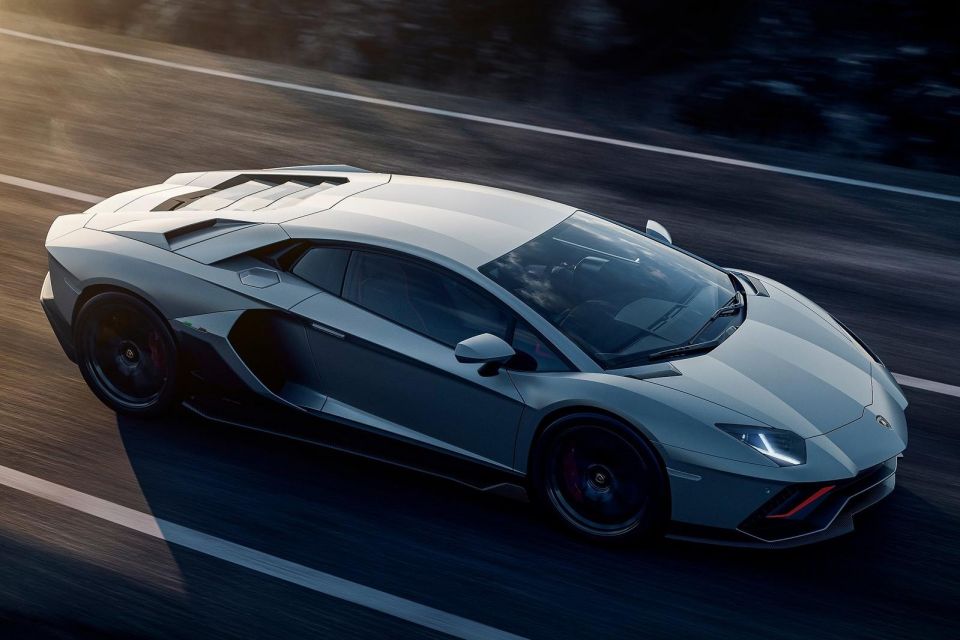
Apart from various one-off and limited production models (such as the reborn Countach LPI 800-4), Lamborghini’s core lineup comprises three models: the Urus, Huracan and Aventador. It’s the latter that’s available exclusively with the marque’s legendary naturally-aspirated V12 engine.
Production of the Aventador lineup ceased by the end of 2021, and in the model’s final LP780-4 Ultimae guise, the car’s rev-happy 6.5-litre V12 engine produces 573kW of power at 8500rpm and 720Nm of torque at 6750rpm.
The Ultimae isn’t a farewell for Lamborghini’s V12 engine, however. Lamborghini CEO Stephan Winkelmann has all but confirmed that the Aventador’s successor, due to launch in 2023, will continue to make use of a V12 engine, albeit with electrical assistance in a PHEV setup.
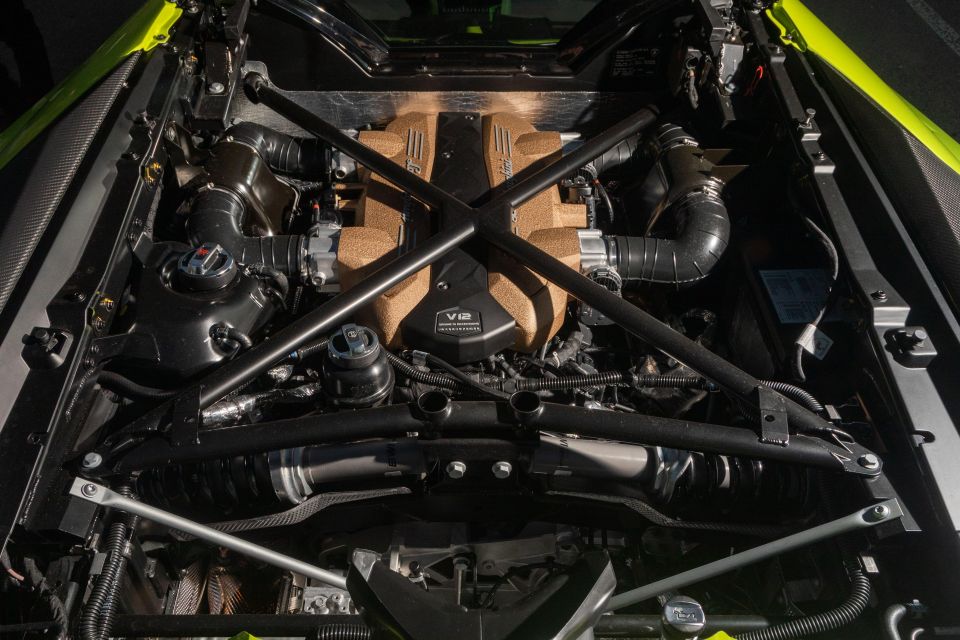
A general indication of the performance levels on offer through such a powertrain may have been provided by another limited edition model, the Sián, which paired the V12 engine to a 25kW electric motor for a total power output of 602kW and claimed 0-100 km/h acceleration figures of under 2.8 seconds.
Aston Martin is the quintessential British GT brand, and although much of the firm’s lineup currently uses a 4.0-litre twin-turbo V8 engine borrowed from Mercedes, certain variants retain a V12 engine.
In its current guise, as featured on the DB11 AMR and DBS Superleggera, the 5.2-litre twin-turbocharged V12 produces 533kW and 900Nm of torque in the DBS, and 470kW and 700Nm in the DB11.
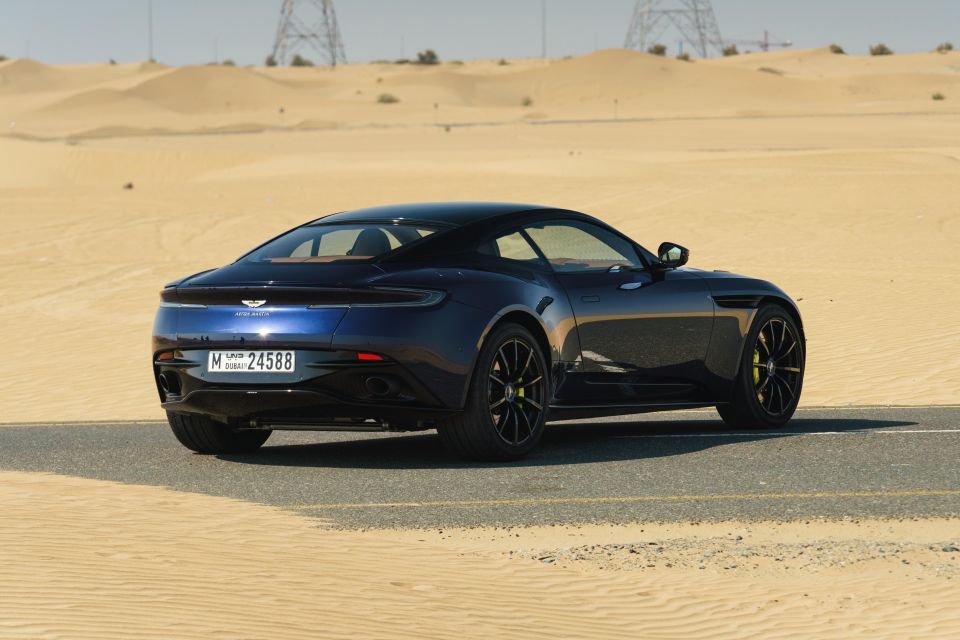
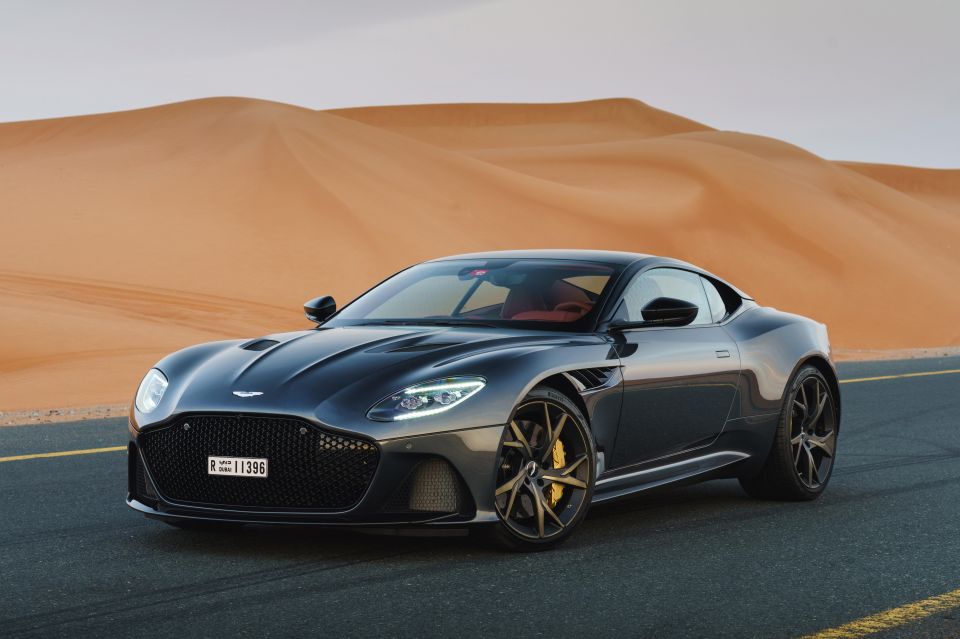
With models such as the Valkyrie and Valhalla, Aston Martin is broadening its scope beyond the GT space to supercars and hypercars, and the limited production Valkyrie makes use of its own distinct V12 powertrain.
Naturally aspirated with a displacement of 6.5-litres and developed in conjunction with Cosworth, it features a Formula 1-esque redline of 11,100rpm, with a maximum power output of 746kW at 10,500rpm and 740Nm at 7000rpm.
Additionally, Aston Martin has paired this with an electric motor from Rimac for improved low-speed performance, with a total system output of 865kW of power.

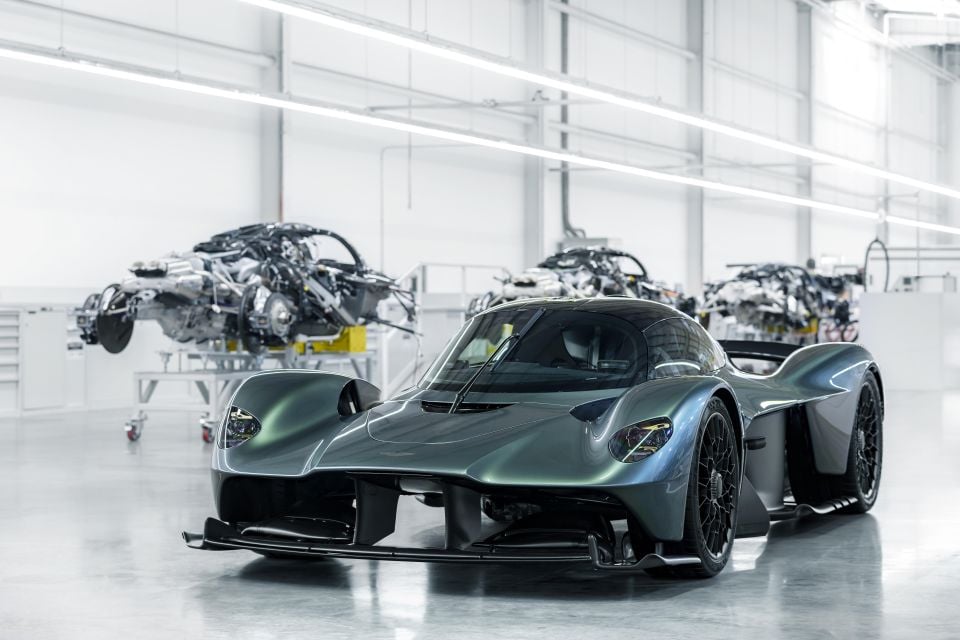
On a more affordable note, the brand has also teased the upcoming return of the V12 Vantage as a final send-off to the brand’s entry level sports car.
Ferrari is perhaps the most famous supercar brand, and while its mid-engined models typically use V8s, it has a long history of producing front-engined V12 grand tourers as well.
One of the latest in this series is the 812 Competizione, following on from models such as the 812 Superfast and F12.

The Competizione features the most powerful version of Ferrari’s naturally aspirated 6.5-litre V12 yet, with an output of 610kW at a high 9250rpm and torque of 692Nm at 7000rpm, propelling the car to a top speed of over 340 km/h with a 0-100 km/h acceleration of just 2.85 seconds.
The limited-production Daytona SP3 (limited to 599 units) also makes use of the 812 Competizione’s engine, but relocated to the rear of the car and wrapped in its own, retro-futuristic bodyshell.
The prancing horse brand also continues to make various one-off models at customer request that feature V12 powertrains. Recent examples include the BR20 and the Ferrari Omologata.
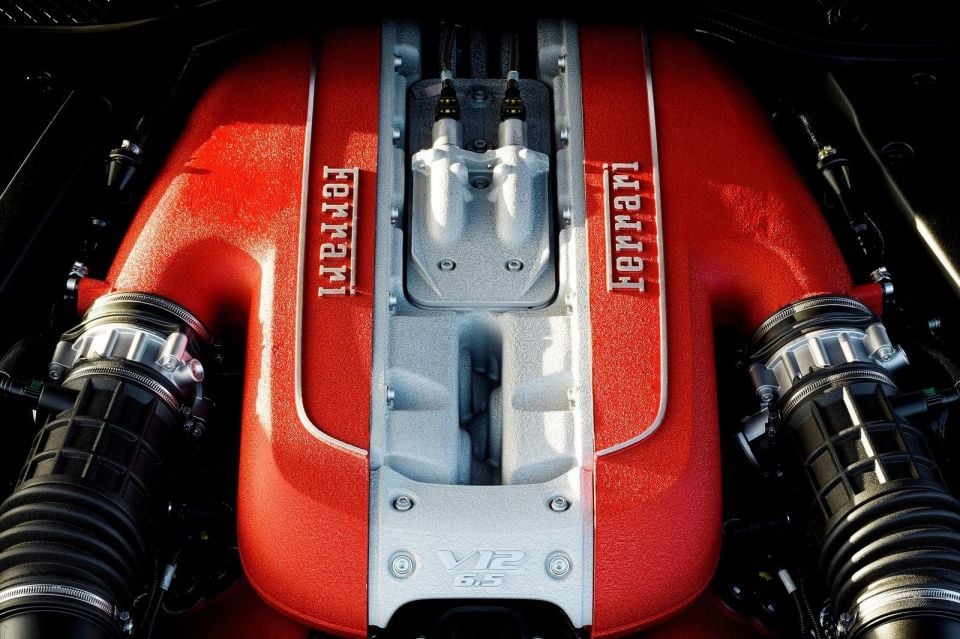


Damion Smy
7 Hours Ago


Damion Smy
9 Hours Ago


Damion Smy
10 Hours Ago


Damion Smy
12 Hours Ago


Damion Smy
14 Hours Ago


Damion Smy
15 Hours Ago